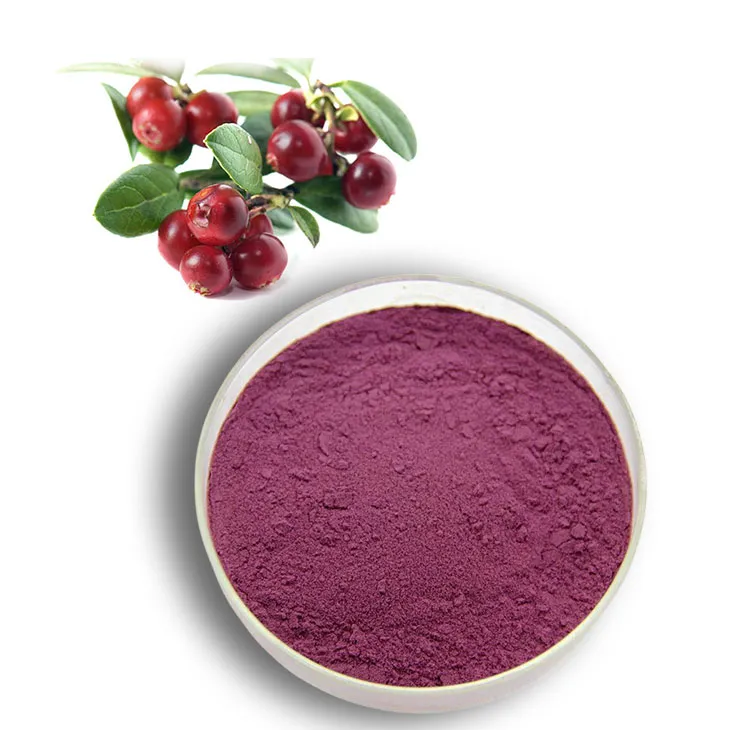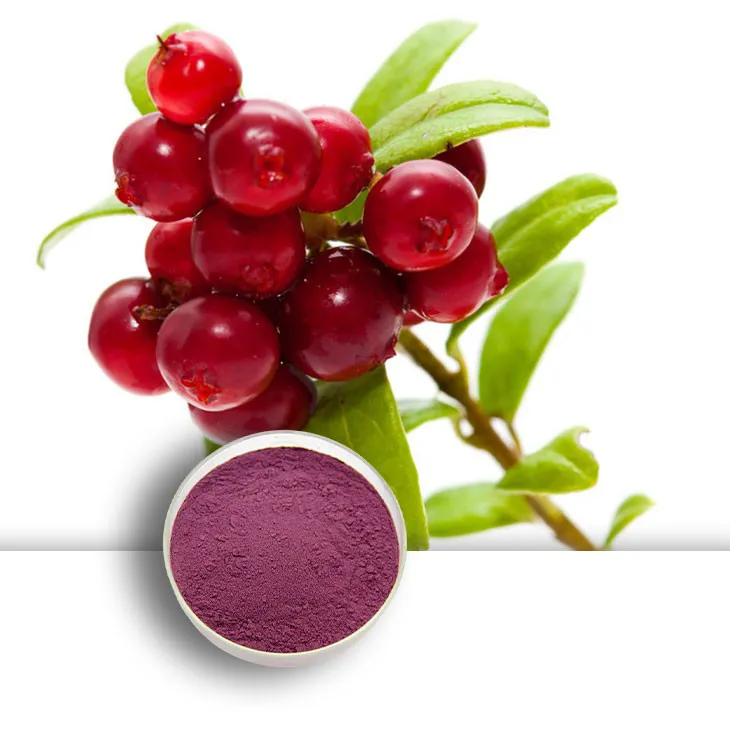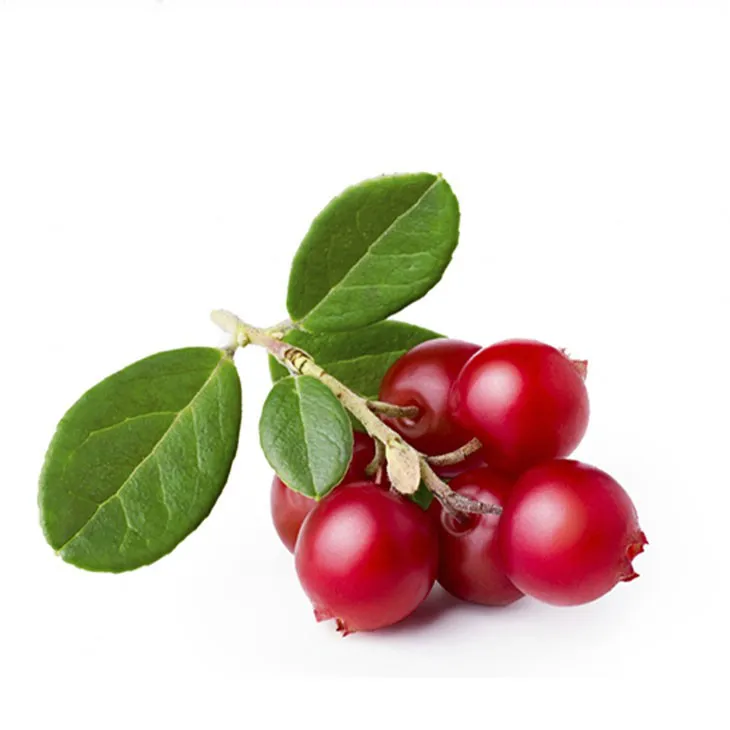- 0086-571-85302990
- sales@greenskybio.com
How to Extract Bilberry Extract from Plants?
2024-11-30

1. Introduction
The extraction of European Bilberry Extract from plants is a fascinating yet intricate process. European bilberries, known scientifically as Vaccinium myrtillus, are rich in various bioactive compounds, such as anthocyanins, flavonoids, and phenolic acids. These compounds are responsible for the numerous health - promoting properties associated with Bilberry Extract, including antioxidant, anti - inflammatory, and vision - enhancing effects. Therefore, the extraction process is of great significance in both the pharmaceutical and nutraceutical industries.

2. Harvesting of Bilberries
2.1. Timing of Harvest
The timing of harvesting bilberries is crucial for obtaining high - quality extract. Bilberries should be harvested at the peak of their ripeness. This is typically when the berries have reached their full color, which is usually a deep blue - purple. Harvesting too early may result in a lower content of bioactive compounds, while harvesting too late may lead to over - ripeness and potential spoilage.
2.2. Harvesting Methods
There are several methods for harvesting bilberries. One common method is manual harvesting, which involves carefully picking the berries by hand. This method is labor - intensive but can ensure that only ripe berries are selected. Another method is mechanical harvesting, which can be more efficient for large - scale operations. However, mechanical harvesting may also result in the collection of unripe or damaged berries, which can affect the quality of the extract.

3. Preparation of Bilberries for Extraction
Once the bilberries are harvested, they need to be properly prepared for extraction. This involves several steps:
3.1. Sorting and Cleaning
The harvested bilberries should be sorted to remove any unripe, damaged, or foreign materials such as leaves, stems, or stones. This can be done by hand or using mechanical sorting devices. After sorting, the berries are thoroughly cleaned to remove any dirt or debris. This can be achieved by washing the berries gently with water.
3.2. Drying or Freezing
Depending on the extraction method and storage requirements, the bilberries may be dried or frozen prior to extraction. Drying can be done using methods such as air drying, oven drying, or freeze - drying. Drying helps to reduce the moisture content of the berries, which can improve the efficiency of extraction and increase the stability of the extract. Freezing can also be used to preserve the bioactive compounds in the berries until extraction.

4. Solvent Extraction
Solvent extraction is one of the most commonly used methods for extracting European Bilberry Extract.
4.1. Selection of Solvents
The choice of solvent is critical in solvent extraction. Different solvents are used depending on the target compounds. For example, if the aim is to extract anthocyanins, which are water - soluble pigments, a polar solvent such as water, ethanol, or a mixture of water and ethanol is often preferred. Ethanol is a particularly popular solvent as it can effectively dissolve anthocyanins and other bioactive compounds while also having good safety and handling properties. However, for extracting other hydrophobic compounds, non - polar solvents such as hexane or chloroform may be considered, although these solvents are more toxic and require more careful handling.
4.2. Extraction Process
The extraction process typically involves mixing the prepared bilberries with the selected solvent in a suitable container. The ratio of bilberries to solvent can vary depending on the extraction conditions and the desired concentration of the extract. The mixture is then stirred or shaken for a certain period of time to allow the solvent to penetrate the bilberry tissues and dissolve the target compounds. This can take anywhere from a few hours to several days, depending on the nature of the compounds and the extraction efficiency.
After the extraction period, the mixture is filtered to separate the liquid extract from the solid residue. Filtration can be done using methods such as gravity filtration, vacuum filtration, or centrifugal filtration. The resulting liquid extract contains the dissolved bioactive compounds from the bilberries.
5. Further Processing of the Extract
Once the extract is obtained through solvent extraction, it often requires further processing to improve its quality and stability.
5.1. Concentration
The liquid extract may be concentrated to increase the concentration of bioactive compounds. This can be done by methods such as evaporation under reduced pressure or freeze - concentration. Concentration helps to reduce the volume of the extract, making it more convenient for storage and further processing.
5.2. Drying or Freeze - Drying
Drying or freeze - drying is often used to convert the liquid extract into a solid form. Drying can be carried out using methods such as spray drying or tray drying. Freeze - drying, also known as lyophilization, is a more advanced drying method that can better preserve the bioactive compounds in the extract. The resulting solid extract is more stable for storage and transportation and can be easily formulated into various products such as tablets, capsules, or powders.
6. Quality Control of the Extract
Quality control is an essential part of the extraction process to ensure that the European bilberry extract meets the required standards.
6.1. Chemical Analysis
Chemical analysis is carried out to determine the content of bioactive compounds in the extract. This can include methods such as high - performance liquid chromatography (HPLC) for analyzing anthocyanins, flavonoids, and phenolic acids. Spectroscopic methods such as ultraviolet - visible (UV - Vis) spectroscopy can also be used to measure the antioxidant capacity of the extract.
6.2. Microbiological Testing
Microbiological testing is performed to ensure that the extract is free from harmful microorganisms such as bacteria, fungi, and yeasts. This can involve methods such as total plate count, yeast and mold count, and testing for specific pathogens.
6.3. Physical Characterization
Physical characterization of the extract includes parameters such as particle size, solubility, and density. These properties can affect the handling and formulation of the extract into various products.
7. Conclusion
The extraction of European bilberry extract from plants is a complex process that involves multiple steps, from harvesting the bilberries at the right time to further processing and quality control of the extract. Each step is crucial in ensuring the production of a high - quality extract with significant health - promoting properties. With the increasing demand for natural products with health benefits, the extraction of bilberry extract will continue to be an important area of research and development in the fields of pharmaceuticals and nutraceuticals.
FAQ:
What is the most important factor in extracting bilberry extract?
The most crucial factor is harvesting bilberries at the right time. This has a significant impact on the quality and quantity of the extract.
What is a commonly used method for bilberry extract extraction?
Solvent extraction is a frequently - employed method. Different solvents can be selected according to the target compounds.
How to choose the solvent for extracting anthocyanins from bilberries?
When aiming at extracting anthocyanins, a solvent that can effectively dissolve these pigments is preferred.
Why is further processing like drying or freeze - drying necessary after extraction?
After extraction, further processing such as drying or freeze - drying is often carried out to make the extract more stable for storage and transportation.
What are the health - promoting properties of European bilberry extract?
The European bilberry extract has significant health - promoting properties, but specific properties may include antioxidant, anti - inflammatory and vision - improving effects among others. However, this is a broad area of study and more research is continuously being done.
Related literature
- Anthocyanin extraction from bilberries: A review of methods and factors influencing yield"
- "Optimization of Solvent Extraction for Bilberry Extract and its Health Benefits"
- "The Role of Bilberry Extract in Promoting Health: An Overview of Extraction and Applications"
- ▶ Hesperidin
- ▶ citrus bioflavonoids
- ▶ plant extract
- ▶ lycopene
- ▶ Diosmin
- ▶ Grape seed extract
- ▶ Sea buckthorn Juice Powder
- ▶ Beetroot powder
- ▶ Hops Extract
- ▶ Artichoke Extract
- ▶ Reishi mushroom extract
- ▶ Astaxanthin
- ▶ Green Tea Extract
- ▶ Curcumin Extract
- ▶ Horse Chestnut Extract
- ▶ Other Problems
- ▶ Boswellia Serrata Extract
- ▶ Resveratrol Extract
- ▶ Marigold Extract
- ▶ Grape Leaf Extract
- ▶ blog3
- ▶ blog4
-
The Rutin Brands Most Worth Buying.
2024-11-30
-
Wholesale L - Arginine Suppliers.
2024-11-30
-
Nature's Bounty Ivy Extract.
2024-11-30
-
Red Clover Extract Suppliers.
2024-11-30
-
Hawthorn powder
2024-11-30
-
Propolis Extract Powder
2024-11-30
-
Lemon Juice Powder
2024-11-30
-
Citrus Aurantii Extract
2024-11-30
-
Maitake Mushroom Extract
2024-11-30
-
Aguaje Extract
2024-11-30
-
Diosmin
2024-11-30
-
Nutmeg Extract
2024-11-30
-
Camu Camu Extract
2024-11-30
-
Lycopene
2024-11-30





















